Hair has always played a significant role in defining beauty, identity, and fashion throughout history. From ancient civilizations to the modern era, people have used various methods to enhance or modify their hair from ancient civilizations to the modern era.
One of the most intriguing aspects of this journey is the evolution of hairpieces, which have transitioned from being associated with grandeur and celebrities to becoming an integral part of everyday life for many individuals.
Let’s journey through the captivating history of hairpieces, their transformation from Hollywood to everyday life, and their profound impact on fashion and society.
Ancient Origins of Hairpieces
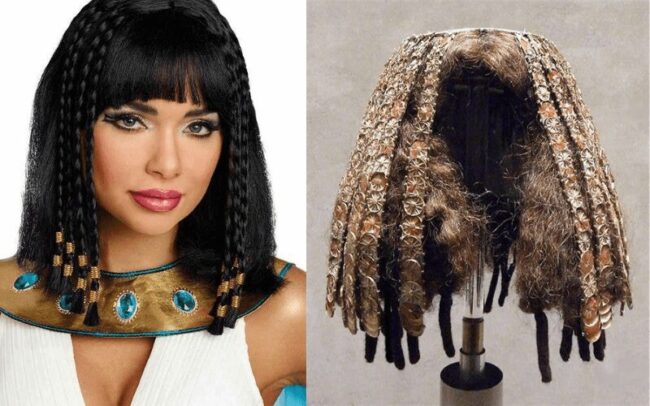
The use of hairpieces for women and hair systems for men dates back thousands of years. In ancient Egypt, both men and women adorned their heads with wigs made from human hair, sheep’s wool, or vegetable fibres. These wigs not only served as fashion statements but also provided protection from the scorching sun. Ancient Greeks and Romans also embraced wigs, viewing them as symbols of status and nobility.
Wigs in the Renaissance Era
During the Renaissance era, wigs regained popularity as elaborate hairstyles became fashionable. The wigs were crafted from human or horse hair and were often adorned with ornate accessories. Royals and aristocrats donned wigs to display their wealth and social standing. This trend was not limited to Europe, as the use of hairpieces spread to other parts of the world, including Asia and Africa.
18th Century: The Wig-Centric Period
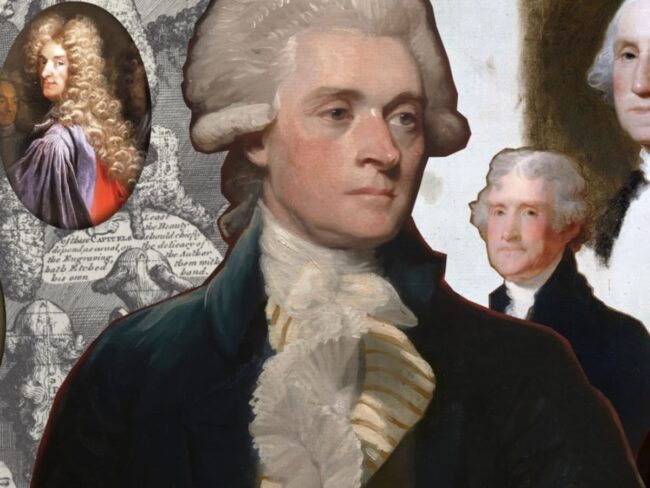
The 18th century marked the peak of wig popularity in Europe. Extravagant powdered wigs, known as perukes, were the height of fashion. The French court, led by King Louis XIV, set the trend, with courtiers spending hours grooming and powdering their wigs to achieve the desired fashion statement. These wigs were a symbol of wealth and helped cover up lice-infested hair, a common problem during that time.
The Influence of Hollywood
As we fast forward to the 20th century, Hollywood emerged as a significant cultural influencer. Movie stars and celebrities became trendsetters, and their hairstyles inspired millions of people worldwide. In the early days of Hollywood, human hair wigs were commonly used to transform actors into different characters, and they quickly became associated with glamour and sophistication.
Iconic Hollywood personalities like Marilyn Monroe, Elizabeth Taylor, and Audrey Hepburn showcased an array of hairstyles, including short pixie cuts, voluminous curls, and elaborate updos, making these styles highly sought-after by the general public.
Hollywood stars’ allure and ever-changing looks spurred the women’s hairpiece industry’s growth as people sought to emulate the glamorous lifestyles they saw on the silver screen.
The Emergence of Hair Extensions
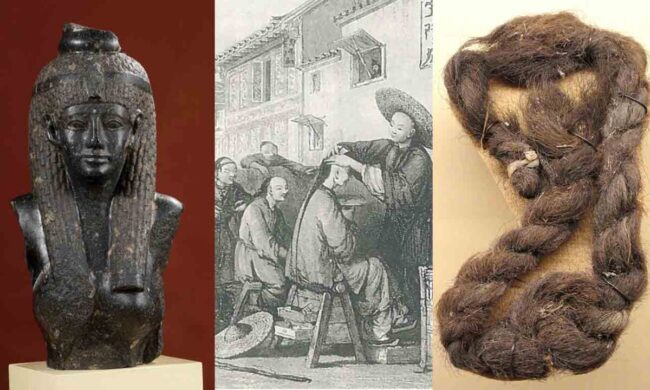
In the late 20th century, hair extensions gained popularity as a more accessible alternative to wigs. Extensions allow adding length, volume, and even different colors to natural hair without completely covering it. Celebrities like Jennifer Lopez and Beyoncé popularized this trend, making human hair extensions a must-have fashion accessory for people of all ages.
Hairpieces in Modern Society
In the 21st century, hairpieces for thinning hair have evolved from a Hollywood-driven accessory to an essential part of everyday life for many individuals. With advancements in technology and manufacturing, hairpieces have become more realistic, comfortable, and affordable.
Today, people use hairpieces for women for various reasons, including medical conditions like alopecia or hair loss due to chemotherapy and cosmetic purposes.
The versatility of modern hairpieces allows wearers to experiment with different hairstyles and colors, providing a sense of freedom and confidence.
Additionally, hairpieces have become a valuable tool for hairstylists, enabling them to create stunning looks for special occasions and events.
The Impact on Fashion and Society
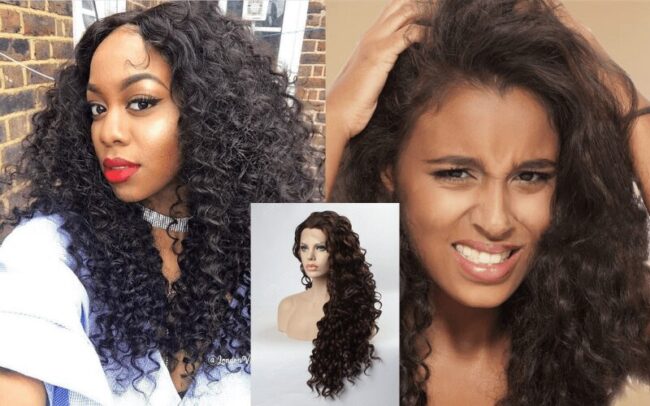
The widespread use of hairpieces has profoundly impacted both fashion and society.
Firstly, the diversity of hairstyles made possible by hairpieces has expanded the definition of beauty, challenging traditional beauty standards and promoting inclusivity. People from different cultural backgrounds and with various hair types can now experiment with styles that were once considered unattainable.
Secondly, the hairpiece industry has become a significant economic force, generating billions of dollars in revenue annually. The availability of hairpieces has created job opportunities for manufacturers, stylists, and retailers, contributing to the global economy.
Human hair wigs for women can hold significant importance in society for various reasons:
Medical Reasons: Wigs are crucial for women who have undergone chemotherapy, suffered from medical conditions causing hair loss (like alopecia), or experienced other forms of hair thinning or baldness. Wearing a wig can help restore their confidence and sense of self-esteem during challenging times.
Aesthetic Choices: Choosing to wear human hair wigs for women as a fashion accessory can change your hairstyle quickly and experiment with different looks without causing damage to your natural hair. Wigs offer versatility and convenience, allowing women to express their creativity and individuality.
Cultural and Religious Practices: In some cultures and religious practices, wearing a wig is a common tradition. For example, in certain Jewish communities, married Orthodox women may cover their hair with wigs as a sign of modesty.
Acting and Performance: In the entertainment industry, wigs are commonly used to portray characters and historical figures, enabling actors to transform their appearance and portray roles convincingly.
Psychological Well-being: A full head of hair can be associated with youth, vitality, and beauty in many societies. Wigs can contribute to a person’s psychological well-being by boosting their self-confidence and helping them feel more comfortable in social settings.
Business and Professional Life: In some professional environments, appearance plays a significant role. Women who wear wigs may feel more confident and present themselves with greater self-assurance, potentially benefiting their career progression and interactions.
Fashion Industry: Wigs have become a prominent element in the fashion industry, used in runway shows, photo shoots, and creative projects to create unique and striking looks.
Empowerment: Wearing a wig can empower women to embrace their desired appearance and overcome societal beauty standards, allowing them to feel more in control of their own self-image.
Social Acceptance: As society becomes more inclusive and accepting of diverse appearances, wigs provide an alternative and acceptable solution for women who want to enhance or alter their hair without facing judgment or scrutiny.
Conclusion
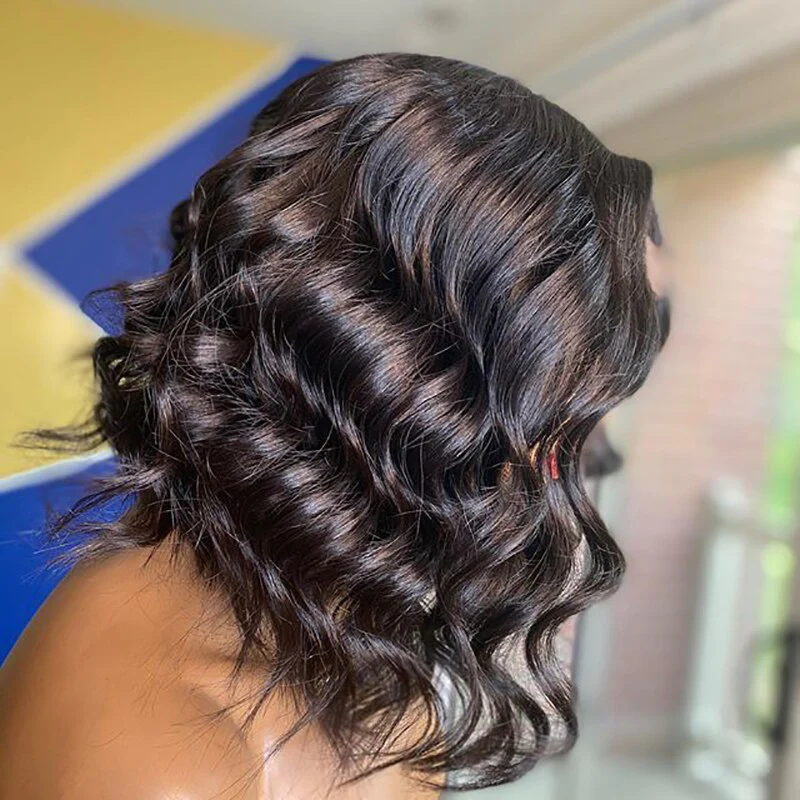
Human hair wigs for women have multifaceted importance in society. They contribute to women’s well-being, self-expression, and empowerment, playing a significant role in today’s diverse and evolving world.
From ancient civilizations to modern society, the history of hairpieces is a fascinating journey through time. What began as a symbol of status and grandeur has evolved into an essential accessory, enabling individuals to express their creativity and identity. The influence of Hollywood and the evolution of technology have transformed hairpieces from exclusive luxury items to everyday necessities. As hairpieces continue to shape fashion and society, one thing is certain: they will remain an enduring symbol of beauty and self-expression for generations to come.
